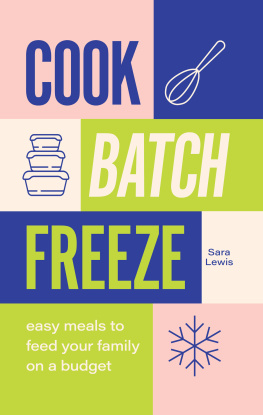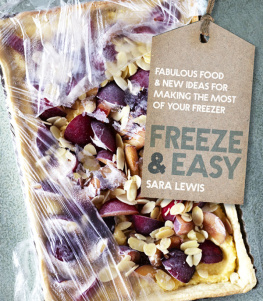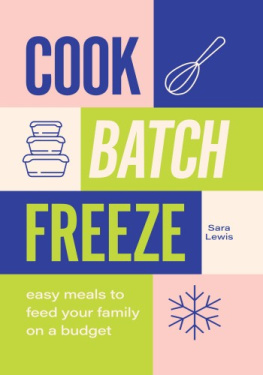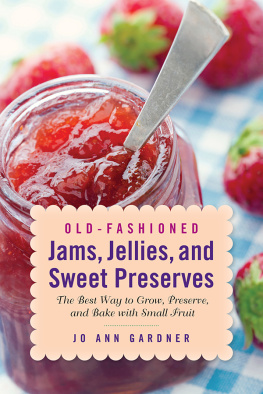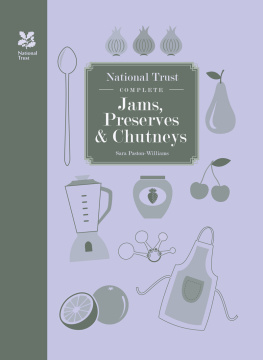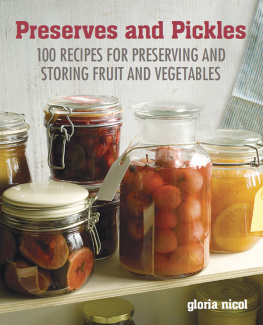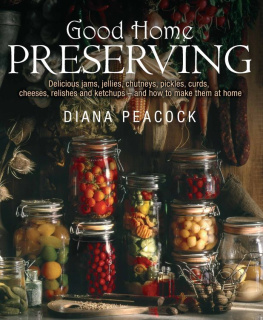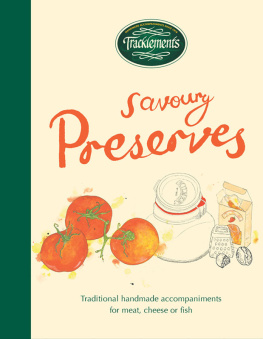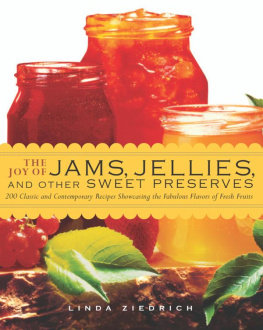Making homemade preserves is going through a revival as the trend for local produce grows. Nothing is more rewarding than picking your own fruit and gathering enough strawberries to make a batch of jam, or growing your own fruit and veg to make chutneys and pickles.
If you are new to making preserves, read through the introduction before you begin. Preserves are not difficult to make, but it is important to maintain the balance of fruit to sugar when making jams, jellies or marmalade, or sugar to vinegar when making chutney. A chutney or a fruit curd is perhaps the best place to start; there are no tests for setting required just keep cooking and stirring until thick. They make great gifts, especially if packaged with ribbons or raffia and decorative labels.
Preparing jams, jellies and marmalades requires a little more attention, but the finished results are worth the care. Over the next few pages you will find all the information you need with helpful step-by-step pictures and tips. Making preserves is relaxing and not something to be rushed. Chopping and shredding can be wonderfully calming, while the smell of the fruits gently simmering soon permeates the house with a wonderful aroma.
Whos who
If you are new to making jams and chutneys, you may be a little confused by the terms. Here is a brief explanation of some of them.
Chutneys these are sweet and sour and made with vinegar, sugar, spices and chopped fresh fruits, dried fruits, usually with a base of chopped onions plus tomatoes or cooking apples. All the ingredients are added to the preserving pan at once, then cooked low and slow until thick. Serve with cheese, cold meats or sausages, or add to sandwiches.
Conserves similar to a jam but with a slightly softer set, these have a high proportion of large or whole pieces of fruit. Boil with sugar until setting point is reached. Serve spread on bread or toast, or spoon over ice cream.
Jams most often made with crushed or diced fruits. Boil with sugar until setting point is reached. Firmer than a conserve but not as set as a jelly.
Jellies a crystal-clear preserve, best made with fruits that have pips or seeds, or are fiddly to prepare, as the fruit needs just chopping with no need to peel or core first. Cook gently just covered with water until soft, then strain through a jelly bag. Measure sugar and add 500 g (1 lb) for every 600 ml (1 pint) of strained liquid. Boil until setting point is reached. Serve in the same way as a jam. Savoury jellies can be made with a mix of water and vinegar, boiled with sugar and flavoured with herbs, spices or peppercorns. Delicious served with roast meats, game, grilled fish or cold ham.
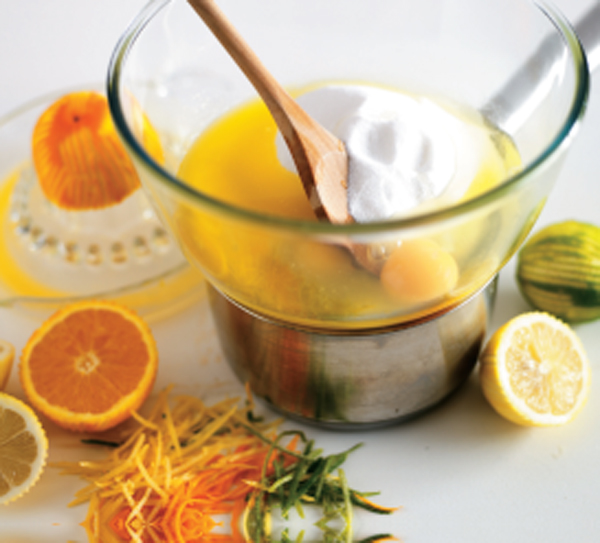
Fruit butters a kind of jam made with poached fruit that is pured and sieved. For every 500 g (1 lb) pure add between 250 g (8 oz) and 375 g (12 oz) sugar, then cook gently until reduced almost by half and the mixture is thick and glossy. Rather like a chutney, these dont need to be boiled to reach setting point. Popular with children who dislike bits.
Fruit cheeses quince cheese or membrillo is perhaps the most popular. Again made with a fruit pure but with a higher ratio of sugar at 375 g (12 oz) to 500 g (1 lb) sugar to every 500 g (1 lb) pure. Like fruit butter, the mixture is cooked gently until reduced and very thick. As there is more sugar, this sets firmly and is best spooned into oiled wide-necked jars. Serve sliced as part of a cheese course.
Fruit curds the most popular is perhaps lemon curd where fruit juice and grated fruit rind is mixed with sugar, butter and beaten eggs and cooked in a bain-marie or a bowl set over a saucepan of gently simmering water until thick. Fruit curds can also be made with pured fruits, but this method is most suited to sharper, more acidic fruits, such as apples, gooseberries or soft fruits mixed with a citrus fruit. As they contain eggs and butter, fruit curds must be stored in the refrigerator and consumed within a few weeks.
Marmalades traditionally made with whole Seville oranges that are cooked until soft, then finely cut into strips and boiled with sugar until setting point is reached. As the availability of Seville oranges is so short, generally only between February and March, an alternative is to use a variety of oranges and mix with lemons and limes.
Mincemeat a Christmas preserve made with boozy soaked dried fruits, grated apple, sugar and spices and served in pastry cases.
Pickles these can be made with vegetables, first soaked in a dry salt mix or brine to draw out the juices, then rinsed and packed while raw or blanched for a few minutes with flavoured vinegar or a thickened spiced vinegar. Whole apricots or plums or halved peaches can also be pickled in a sweetened vinegar mix. Serve with salads, cold meats, cheese or smoked fish.
Relishes these can be cooked or uncooked and tend to be hotter and more intense than a chutney. Serve with curries, cold meats or barbecued foods. Uncooked relishes must be stored in the refrigerator and served within a day or two of making.
equipment
Must haves
Preserving pan most have sloping sides with, ideally, a spout to help you pour the jam from the pan, plus either two small handles or one large arched handle that can be locked upright or folded flat when not in use and a smaller second handle, enabling you to lift the pan safely on and off the cooker, and to tip to empty. They can vary in size but are generally around 30 cm (12 inches) across the top and about 18 cm (7 inches) deep, so that there is room for evaporation and little chance that the jam will boil over. Never fill more than half full.


